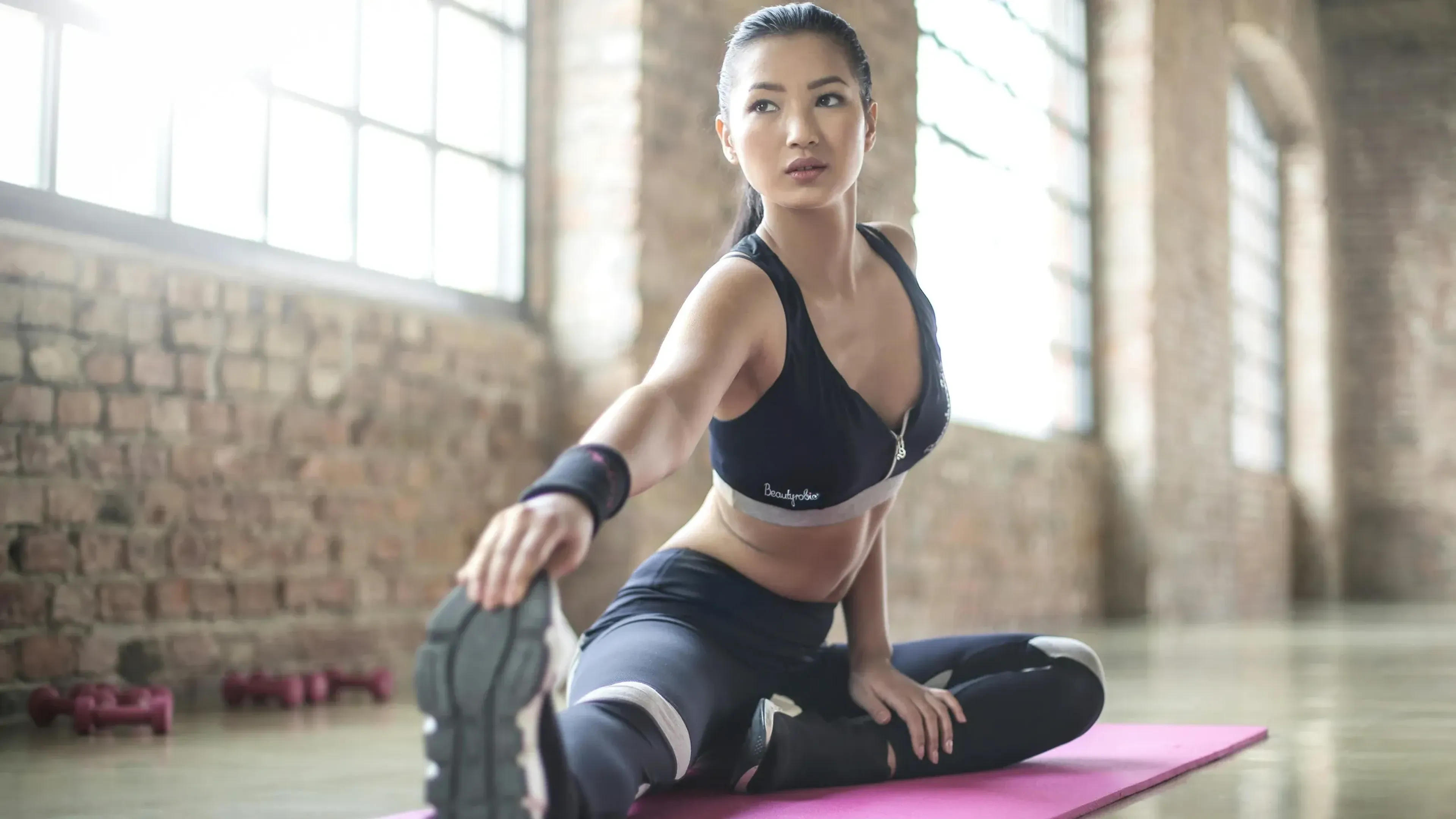Dumbbell Step-Up

Overview
- Primary Focus:
- Upper legs and glutes.
- Equipment:
- Dumbbell and bench.
- Difficulty:
- Intermediate.
General Information
Dumbbell Step-Up is a compound exercise that primarily targets the quadriceps and gluteus maximus, with secondary involvement of the hamstrings and calves. It mimics a real-life movement - stepping onto a raised surface - and adds resistance through dumbbells for increased intensity and muscle engagement.
It is an intermediate level exercise because it requires balance, coordination, and strength, especially when performed with added weight. Holding dumbbells challenges your grip, core stability, and overall control throughout the motion.
This exercise is highly effective for building unilateral leg strength, improving muscle symmetry, and enhancing athletic performance. It can be modified by increasing the height of the platform or using heavier dumbbells, making it suitable for progressive overload over time.
Muscles Worked
- Gluteus Maximus
- Primary
- Rectus Femoris
- High
- Vastus Lateralis
- High
- Vastus Medialis
- High
- Biceps Femoris
- Medium
- Gluteus Medius
- Medium
- Semitendinosus
- Medium
- Adductor Magnus
- Low
- Erector Spinae
- Minimal
- Gastrocnemius (Lateral Head)
- Minimal
- Gastrocnemius (Medial Head)
- Minimal
- Soleus
- Minimal
Instructions
- Hold a dumbbell in each hand at your sides with a neutral grip.
- Stand facing a sturdy bench or platform that is about knee height.
- Place your right foot fully on the platform, keeping your chest up and core engaged.
- Push through your right heel to lift your body up, bringing your left foot to meet the right on top of the platform.
- Pause briefly at the top, then step down with your left foot in a controlled manner.
- Return the right foot to the ground and repeat for reps before switching legs.
Common Mistakes
Injuries
Dumbbell Step-Up is a low to medium risk exercise when done with proper form and appropriate weight selection. The risk level can increase with poor technique, improper load management, or unstable surfaces.
The most common issues involve knee strain, especially if the knee collapses inward during the step. Focus on knee alignment and drive through the heel to reduce pressure on the joint. Choosing a step that’s too high or weights that are too heavy can also increase the risk of hip or lower back strain.
To minimize injury risk, perform a warm-up beforehand, maintain good posture, and increase weight gradually over time. Also, make sure the platform is stable and non-slip to avoid accidents.
Alternative Exercises

Frequently Asked Questions
- Q: Can I use a barbell instead of dumbbells for step-ups?
Yes, but dumbbells are safer for beginners and offer better balance control than the barbell variation.
- Q: How high should the step be for this exercise?
Ideally, your thigh should be parallel to the ground when your foot is on the platform.
- Q: Should I alternate legs or complete all reps on one side?
Both methods work, but sticking to one leg at a time may provide better focus and muscle fatigue.
Overview
- Primary Focus:
- Upper legs and glutes.
- Equipment:
- Dumbbell and bench.
- Difficulty:
- Intermediate.




